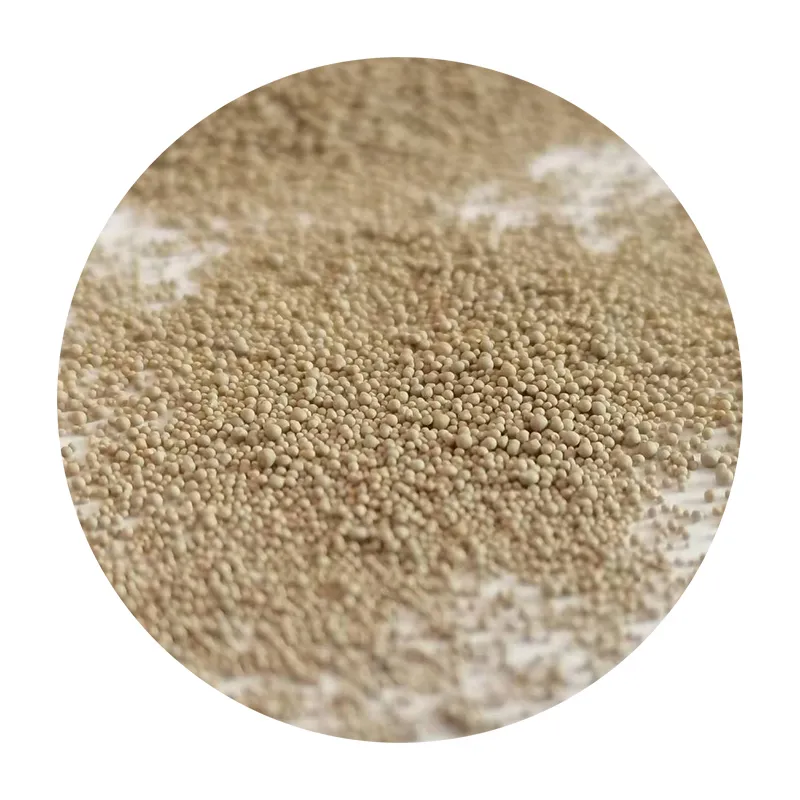3D Printing with Sand Revolutionizing Construction and Manufacturing
In recent years, 3D printing technology has emerged as a transformative force across various industries, and one of the most intriguing applications is the use of sand in additive manufacturing. This innovative approach not only enhances the efficiency of production processes but also paves the way for sustainable construction practices. By utilizing sand as a primary material, this technology is shedding light on the future of manufacturing and construction, promising to reshape our built environment.
The process of 3D printing with sand typically involves a technique known as binder jetting. This method employs a mixture of fine sand and a binding agent, which is deposited layer by layer to form intricate structures. Once the printing is complete, the bound sand is often cured to consolidate and strengthen the final object. This allows for the creation of complex geometries that would be difficult or impossible to achieve with traditional construction methods. Structures can be printed on-site, significantly reducing waste and the need for heavy machinery, which is a common drawback in conventional building practices.
3D Printing with Sand Revolutionizing Construction and Manufacturing
Moreover, 3D printing allows for rapid prototyping and customization, streamlining the design process. Architects and engineers can quickly iterate on designs and create customized structures tailored to specific environmental or functional needs. This ability to adapt and modify designs quickly not only speeds up construction timelines but also enhances innovative solutions to complex architectural challenges, such as those posed by varying landscapes or climates.
3d printing with sand

The use of sand in 3D printing also speaks to a growing trend toward utilizing locally sourced materials. For many construction projects, sand is abundant and readily available, reducing transportation costs and carbon footprints. Additionally, this aspect of using local resources helps foster regional economies and minimizes the ecological impact often associated with transporting heavy materials over long distances.
Another noteworthy application of 3D printing with sand is in the field of sculpture and art. Artists are beginning to explore the capabilities of this technology to create large-scale installations and unique art pieces. The versatility of sand-based printing opens new avenues for creative expression, allowing artists to experiment with forms and structures that challenge traditional artistic boundaries.
As with any emerging technology, there are challenges to consider. Issues such as print resolution, the strength of finished products, and the need for further development of binding agents are areas that require ongoing research. However, the potential benefits of 3D printing with sand are immense and worth exploring.
In conclusion, 3D printing with sand represents a quantum leap in the fields of construction, manufacturing, and art. Its efficiency, sustainability, and adaptability position it as a vital player in the future of building practices. As technology continues to evolve, the possibilities of what can be created with sand will undoubtedly expand, leading to innovative solutions that harmonize with our natural environment while addressing the demands of modern society. The journey of this revolutionary technique is just beginning, and its impact promises to be profound.
Post time:نوفمبر . 03, 2024 06:22
Next:what materials are used in sand casting
